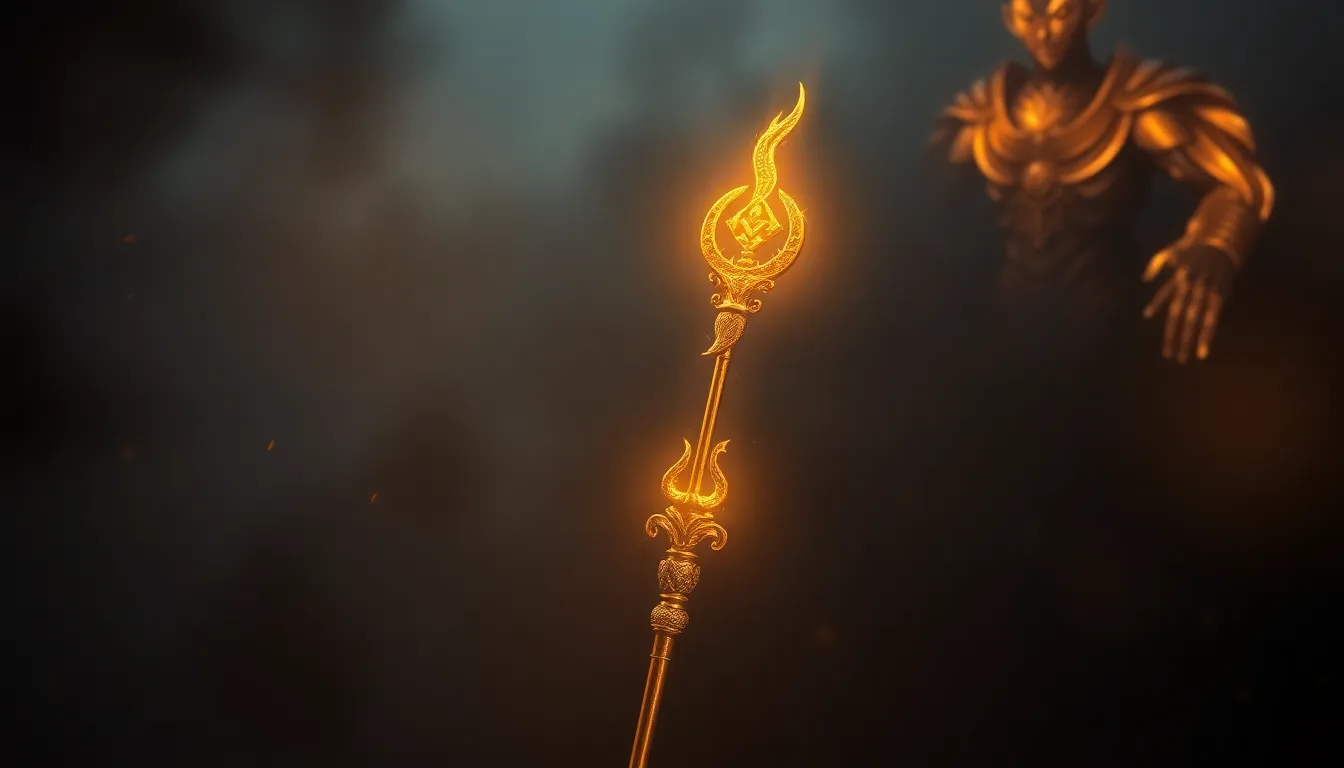Slavic Mythology: Tales of Trickery and Deception
I. Trickster Figures in Slavic Folklore
Trickster figures play a central role in Slavic folklore. These characters are known for their cunning, deception, and often amoral behavior. Their actions can range from mischievous pranks to outright malicious schemes. The Slavic trickster is a complex figure who embodies both positive and negative traits, reflecting the duality of human nature.
II. The Importance of Cunning and Deception
Cunning and deception are essential qualities for trickster figures in Slavic mythology. Tricksters are often depicted as cunning, using their intelligence to outsmart others and achieve their goals. Deception is another key characteristic, as tricksters frequently resort to trickery and deceit to outwit their adversaries. In a world where strength and power are not always sufficient, cunning and deception provide tricksters with an alternative means of survival and success.
III. The Boundaries of Trickery
Despite their reputation for trickery, Slavic tricksters do not operate without limits. Their actions are often governed by a sense of justice or a desire to punish the wicked. They may use trickery to expose the hypocrisy of their opponents or to right a wrong. While their methods may be unorthodox, tricksters ultimately seek to establish a sense of order and balance in the world.
IV. Moral Lessons in Trickster Tales
Slavic trickster tales often contain important moral lessons. They caution against greed, arrogance, and injustice, showing the negative consequences of these behaviors. By outwitting and punishing the wicked, tricksters serve as agents of social and moral order, reinforcing the values and norms of Slavic society.
V. The Role of Humor
Trickster tales are often infused with humor. Tricksters are frequently portrayed as mischievous and playful characters, engaging in comical situations and absurd antics. Humor serves to lighten the tone of these stories, while also making them more memorable and entertaining. The comedic element in trickster tales enhances their appeal and makes them enduring classics in Slavic folklore.
VI. The Supernatural and Trickery
Tricksters in Slavic mythology often interact with the supernatural world. They may encounter gods, spirits, and other supernatural beings, using their cunning and deception to outwit them. These encounters often result in humorous or even dangerous situations, showcasing the trickster's ability to navigate the boundaries between the natural and supernatural realms.
VII. The Female Trickster: Baba Yaga
Baba Yaga is a prominent female trickster figure in Slavic folklore. She is an enigmatic and powerful witch who lives in a deep forest. Baba Yaga is known for her cunning and trickery, often using her magic to outwit those who cross her path. She is both feared and respected, representing the duality of the trickster archetype.
VIII. Tricksters and the Creation of the World
Tricksters play a significant role in Slavic creation myths. They are often depicted as participating in the creation of the world, using their cunning and deception to shape the land and its creatures. In some tales, tricksters create humans from clay or other materials, breathing life into them and giving them their unique abilities.
IX. Tricksters and Slavic Culture
Trickster figures are deeply embedded in Slavic culture. They appear in folktales, legends, and other forms of storytelling, shaping the cultural values and beliefs of the Slavic people. Tricksters represent the cunning, adaptability, and resilience that are essential traits in Slavic society.
X. Comparisons to Other Mythological Tricksters
Slavic tricksters share similarities with trickster figures found in other mythologies worldwide. They embody the same archetypal qualities of cunning, deception, and a knack for outwitting others. However, Slavic tricksters also possess unique characteristics that reflect the specific cultural beliefs and traditions of the Slavic people.
FAQs
Q: What is the main characteristic of a Slavic trickster?
A: Cunning and deception are the defining characteristics of Slavic trickster figures.
Q: Why are trickster tales important in Slavic folklore?
A: Trickster tales serve as moral lessons, cautioning against greed and injustice while reinforcing social values.
Q: Who is Baba Yaga in Slavic mythology?
A: Baba Yaga is a prominent female trickster figure, known for her cunning and magic.
Q: Do tricksters play a role in Slavic creation myths?
A: Yes, tricksters are often depicted as participating in the creation of the world in Slavic mythology.
Q: How are Slavic tricksters similar to tricksters in other mythologies?
A: Slavic tricksters share the archetypal qualities of cunning and deception, but they also possess unique characteristics that reflect Slavic culture.



